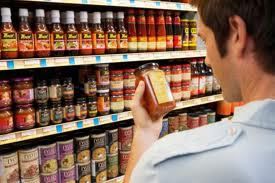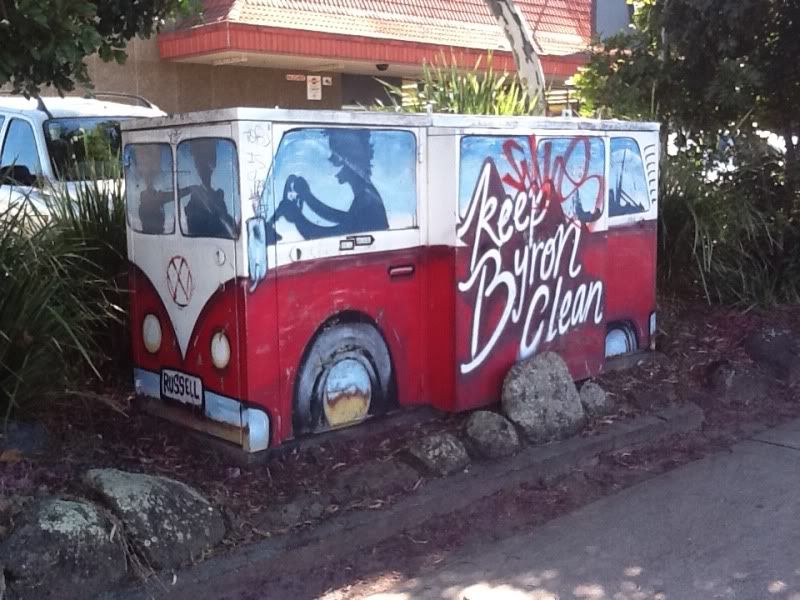The history of humankind's relationship with food, both cultivation and consumption, is exceedingly complex and an interesting indicator of societal trends that go well beyond the kitchen table. One phenomenon that has caught our attention recently is the increased promotion of "natural", unadulterated products. This trend is a relatively new, and applauded, break from the recent past.

In the 1950s, mass-produced food came to dominate the American market and resulted in a marked reduction in the nutritional quality of the food that the typical person ate. Food was refined and enhanced and frozen, concepts that imply through the suggestive language of marketing promises of progress and scientific advancement.

Food that had once been local, fresh and seasonal was now being centralised, treated and produced on ever-increasing scales. Nutritional content was lost in the name of convenience, variety and cost-efficiency, impacting taste and dietary norms and expectations.
The next stage in the contemporary development of food can be seen (cynically?) as a superficial profit-driven reaction to consumer demand rather than a real desire for healthier products. The exact same foods that had just had its nutritional content stripped from it by the refining, freezing and other methods associated with mass production was now being enriched and fortified.  A further step was added to the ever-lengthening conveyer-belt between the food source and the consumer, which involved artificially reintroducing vitamins and minerals, although in significantly diluted and altered amounts. These modified products are then hawked to the unsuspecting buyer based on the premise of their "superior" nutritional value. The food industry has developed sophisticated marketing strategies with the goal to capitalise on the perception of “progress” and its associated benefits. The American public has been educated to think that “new is improved”, a premise that it also applies to food. How could enriched and fortified wheat bread not be healthier than a loaf untouched by the miracles of science?
A further step was added to the ever-lengthening conveyer-belt between the food source and the consumer, which involved artificially reintroducing vitamins and minerals, although in significantly diluted and altered amounts. These modified products are then hawked to the unsuspecting buyer based on the premise of their "superior" nutritional value. The food industry has developed sophisticated marketing strategies with the goal to capitalise on the perception of “progress” and its associated benefits. The American public has been educated to think that “new is improved”, a premise that it also applies to food. How could enriched and fortified wheat bread not be healthier than a loaf untouched by the miracles of science?
Like with almost all relationships, things tend not to remain static and the modern consumer has now entered what could be considered a more enlightened era. Of course, it will take time for this new approach to filter down to the average Joe or Jill, but there is certainly movement in that direction. After decades of tampering and "improving" our food, from the staples through to the luxuries, there is a move back to nature and the natural.
 Perhaps it was the nation-wide food scares that brought to light the dangers of mono-farming and how one source can contaminate the food chain of the whole continent (e.g., salmonella from tomatoes, E. coli from spinach, even lethal dog food)? Or maybe it is the speculation that the hormones and anti-biotics in industrially-produced animal and dairy products are affecting the health and development of our children? Whatever the reason, there is a palpable and growing movement towards natural, locally-grown organic food that is becoming increasingly main-stream.
Perhaps it was the nation-wide food scares that brought to light the dangers of mono-farming and how one source can contaminate the food chain of the whole continent (e.g., salmonella from tomatoes, E. coli from spinach, even lethal dog food)? Or maybe it is the speculation that the hormones and anti-biotics in industrially-produced animal and dairy products are affecting the health and development of our children? Whatever the reason, there is a palpable and growing movement towards natural, locally-grown organic food that is becoming increasingly main-stream.
What does this tell us about our relationship with food and, perhaps, with the food industry and its regulators? First, there is an increasingly aware and educated consumer, although one that remains to a large degree at the mercy of the marketing machine (and lobbyists) of the food industry. This problem is compounded by the inconsistency and laxity of the bodies that should be enforcing clarity and nutritional awareness (e.g., FDA, USDA, EPA). Second, for many consumers there is more willingness to sacrifice efficiency, and even cost, in the name of better health and nutrition, although this trend is certainly at its earliest stages (education, education, education).
Finally, as the local and organic movements move out of the ashrams and communes and expand into suburbia and, eventually, to urban centres, there is more acceptance and demand for good, healthy, untreated local food. Not to be forgotten, our collective palates will also thank us for the change back to food as nature intended.



















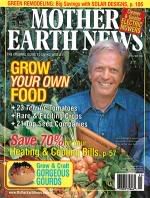

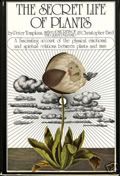




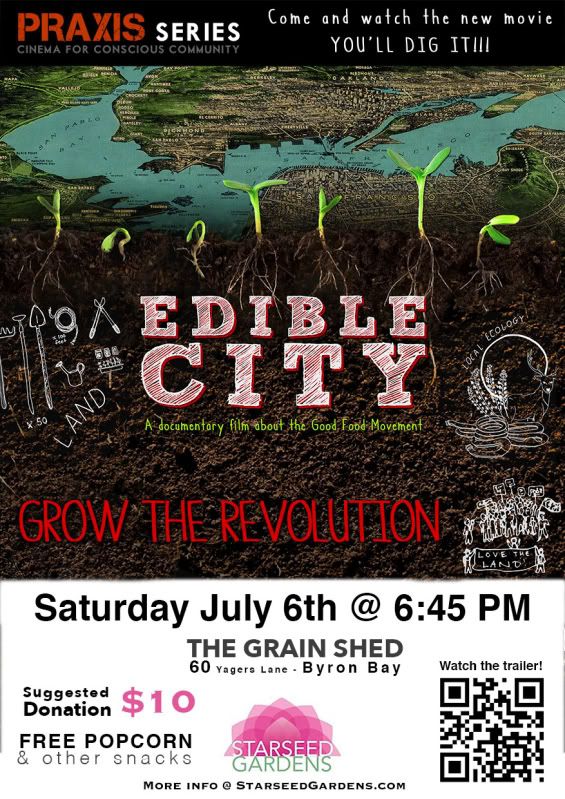

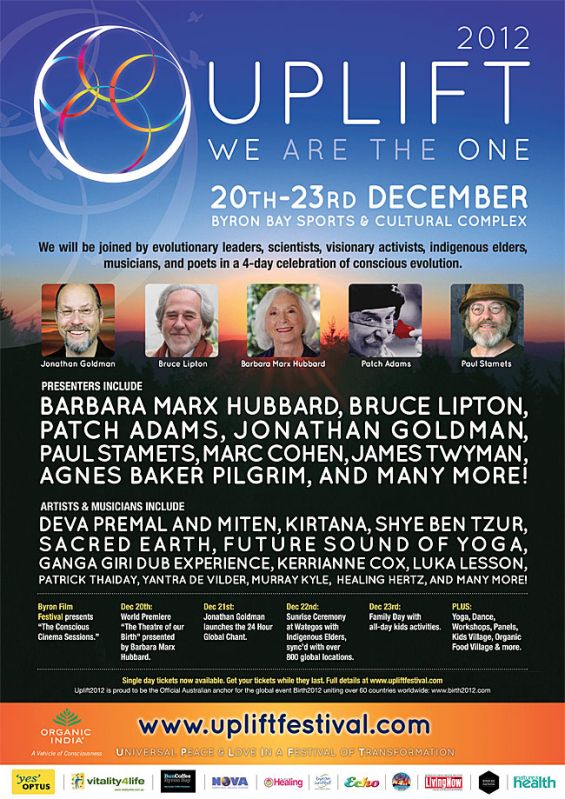


.jpg)

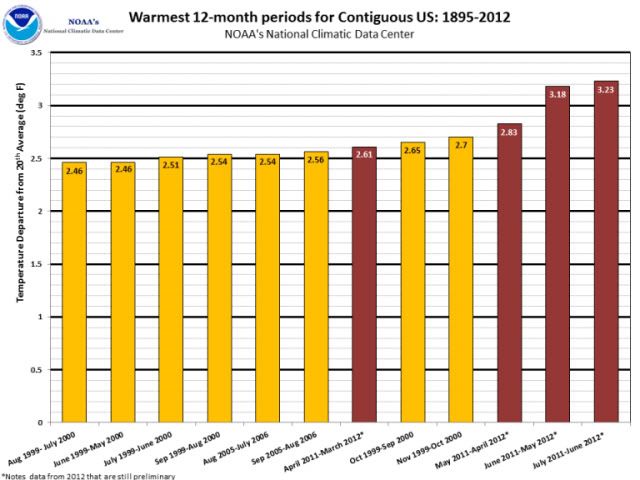
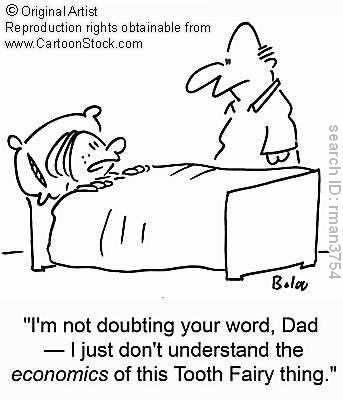

 Sometimes you simply need to invent a NEW WORD in order to accurately describe a NEW PHENOMENA!
Sometimes you simply need to invent a NEW WORD in order to accurately describe a NEW PHENOMENA! 
